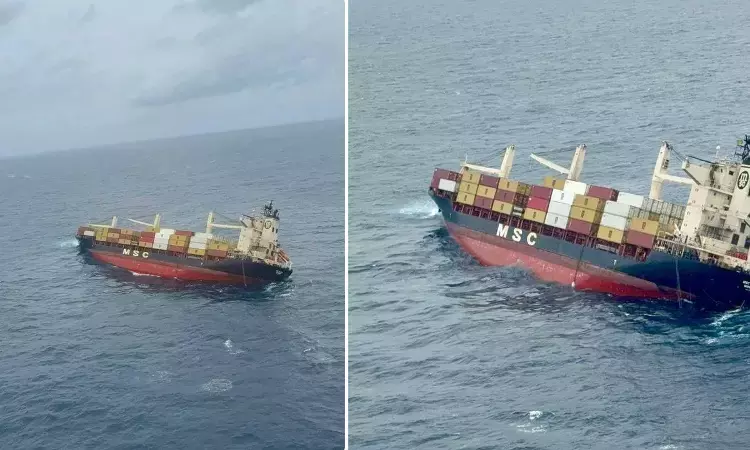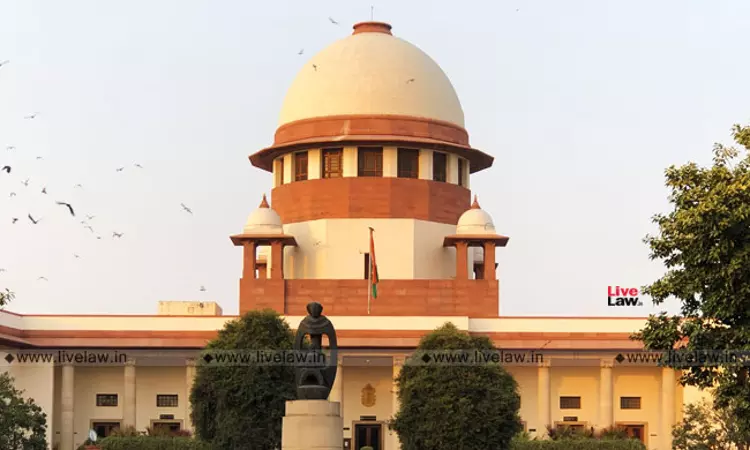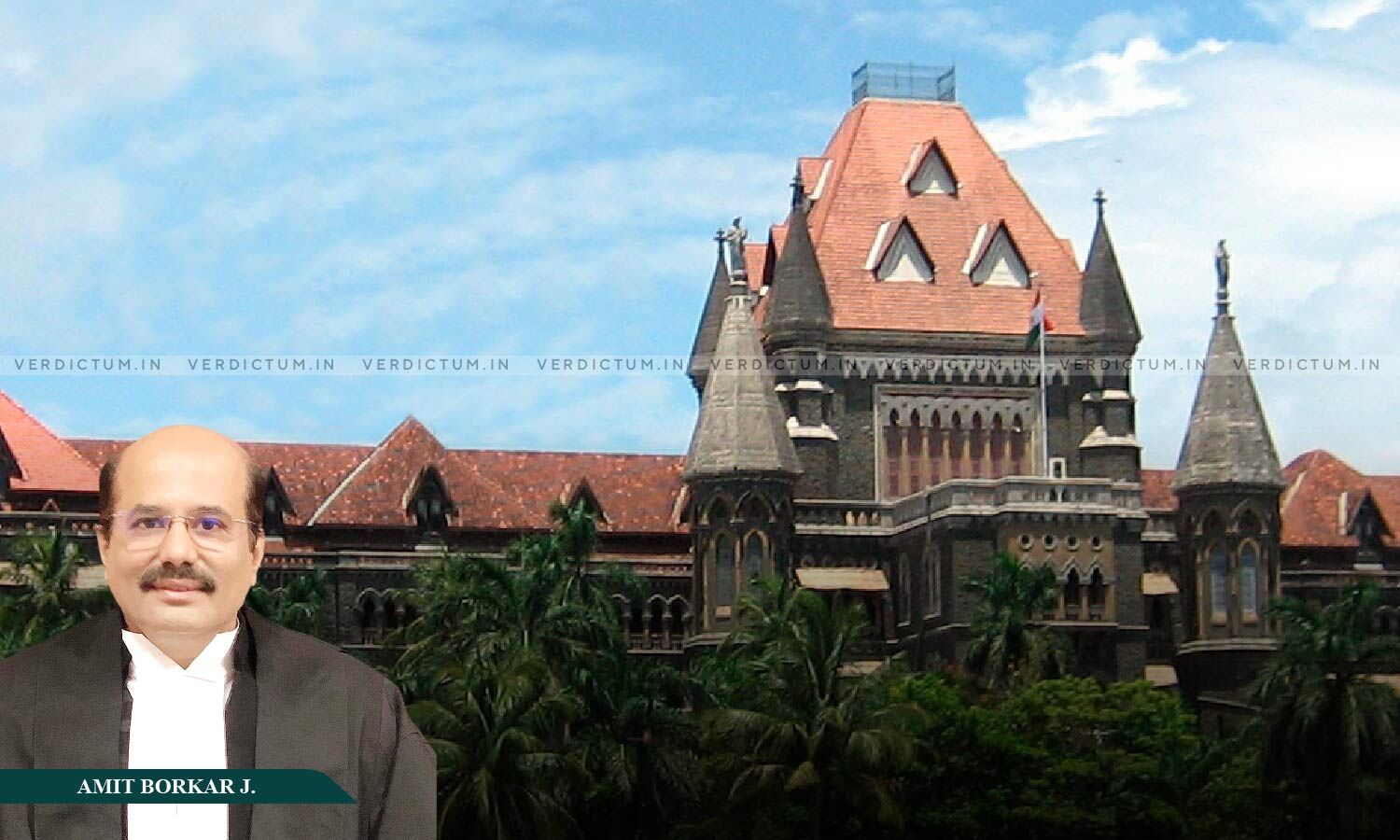Contemporary Shipping Accidents And India’s Unratified Maritime Laws


In just three weeks, two large cargo ships had encountered operational failure in the territorial waters of India. A Liberian-flagged vessel, MSC ELSA-3, the first ship, allegedly suffered ballast problems and, as a result, capsized beyond the territorial sea of India. In the second case, a fire broke out in the Singapore-flagged vessel MV Wan Hai 503, resulting in cargo damage and destruction of the ship. It is unbelievable that all this happened within three weeks, inside India’s territorial waters. The sinking of MSC ELSA 3 and the MV Wan Hai 503 had sent alarm signals to the Indian maritime establishment, as it was confirmed that both the ships were carrying hazardous and noxious substances, and minor oil spills were also confirmed.
The Indian Coast Guard and the Naval forces readily sprang into action with a successful search and rescue operation. Though the vessels could not be salvaged, the rescue operation’s success showcased India’s response’s efficiency in salvaging most crew members. However, these two cases also exposed a glaring defect in India’s legal response to deal with marine casualties effectively. This defect is conspicuous in India’s failure to ratify three key international conventions that could have been utilised to ensure a strict mechanism in imposing liability for shipowners in the case of a marine accident involving hazardous cargo and noxious substances. These three conventions are the International Convention on Liability and Compensation for Damage in Connection with the Carriage of Hazardous and Noxious Substances by Sea, 1996 (HNS Convention), International Convention on Civil Liability for Bunker Oil Pollution Damage, 2001 (Bunkers convention) and the Nairobi Convention on the Removal of Wrecks, 2007. This post will analyse how non-ratification of these three conventions has severely limited India’s legal response to hold the shipowners liable and will argue why India needs to ratify these conventions urgently. Moreover, in the future, these two incidents should serve as a stark reminder that India’s maritime laws should be aligned with the best practices of international maritime conventions.
International Convention on Liability and Compensation for Damage in Connection with the Carriage of Hazardous and Noxious Substances by Sea, 1996. (HNS Convention, 1996)
The HNS convention imposes strict liability on shipowners for damage from releasing hazardous and noxious substances. Apart from imposing strict liability, the convention also requires shipowners to take compulsory insurance to cover potential losses arising from the leakage of these substances. Now coming to the fact in issue, it is well known that these vessels were indeed carrying hazardous and noxious substances. MSC ELSA 3 was carrying chemicals that fall within the convention’s scope. The Singaporean-flagged ship is reported to contain 157 containers carrying dangerous goods.
More specifically, the leakage from MSC ELSA 3 has resulted in the contamination of the marine environment, affecting the natural environment and all those who depend on it for their livelihood. If India had become a state party, then the damage caused by the leakage of hazardous cargo from the MSC ELSA 3 could have easily fallen into the scope of this convention, and India could have effectively ensured due compliance from the shipowner. As the domestic Indian Law (The Merchant Shipping Act, 1958 and its rules) does not incorporate the strict liability clause of the HNS Convention, India is left with no concrete option to impose liability on the shipowner. Further, India’s absence on the insistence of compulsory insurance for the shipowner will also prove to be a headache for Indian salvors in recovering the cost of rescue operations.
The International Convention on Civil Liability for Bunker Oil Pollution Damage, 2001 (Bunkers Convention, 2001)
The International Convention on Civil Liability for Bunker Oil Pollution Damage, 2001, or the Bunkers Convention, is one treaty that deals explicitly with regulating bunker oil discharges from ships. In the context of this article, the Singaporean-flagged vessel MV Wan Hai 503 was carrying 100 tonnes of Bunker oil. Bunker oil means any hydrocarbon mineral oil, including lubricating oil, used or intended to be used for the operation or propulsion of the ship, and any residues of such oil. This convention is also modelled along the lines of the HNS Convention with the mandatory insurance policy and strict liability imposition on shipowners. While India has laws dealing with civil liability for oil pollution damage, the fact that this ship was carrying bunker oil will challenge India to impose liability. Unique to this convention is the concept of direct action, wherein a claim for pollution damage can be directly made before the insurers. India’s Merchant Shipping Act, 1958, is silent about bunker oil pollution, and especially in the case of Singaporean vessels, India could have benefited from compulsory insurance coverage. Unfortunately, India’s non-ratification has yet to pose a significant block for an effective claim’s redressal for bunker oil pollution damage.
Nairobi Convention on the Removal of Wrecks, 2007
This is the international convention that lays down a uniform framework for regulating the issue of shipwrecks. Wrecks are scattered across oceans, and the MSC ELSA 3 is the latest addition to the Indian territorial waters. If the Singaporean Vessel is not salvaged correctly, then there is a high possibility of it becoming a wreck soon. The convention is quite helpful for a coastal state like India as it imposes the liability fully on the shipowner to locate, mark and remove a wreck. Like the previously mentioned conventions, the wreck convention also imposes mandatory insurance to be taken out by the shipowner. These provisions are a sufficient safeguard for a coastal state like India that must bear the burden of wreck removal without being duly compensated by the shipowner. However, unlike the previous conventions, India does have provisions for wreck removal in the Merchant Shipping Act of 1958. However, those provisions are woefully inadequate as they fail to impose financial liability on the shipowner for the cost incurred by the coastal state for wreck removal. Like the Bunkers convention, this law allows States to move directly against insurers for wreck removal claims. Although Part XIII of India’s Merchant Shipping Act, 1958, is dedicated to wrecks, it is silent on financial liability or compulsory insurance for shipowners for wreck removal.
India is implementing an ambitious and rapid plan to modernise its shipping industry. The inauguration of the new natural deep water Vizhinjam Port on the west coast exemplifies India’s hope to become a world-class maritime hub. However, these two disasters in three weeks have showcased the swift response of the rescue efforts and the vast lacuna in India’s maritime law. In the legal front, especially in the Maritime domain, the analysis has identified three core areas where India needs an urgent gap filling. India lacks a comprehensive legal framework to deal with the financial liability arising from hazardous and noxious cargo leakage and bunker oil pollution. Although provisions on wreck removal exist, they are absent in laying down any financial liability on the shipowner for the costs of locating, marking, and removing the wreck. Shipowners can easily spot the loophole and escape financial liability if left unchecked for long. There have been calls from various stakeholders to amend the outdated Merchant Shipping Act, 1958. While the Bill has been pending in the parliament for too long, it now needs to be seen whether these two incidents have provoked a renewed discussion to amend the maritime law of India and bring it in line with the best practices of international law. For a developing country like India, non-ratification and unwarranted delay costs are too significant to bear.
The author is an Assistant Professor at Christ University, Bangalore. Views are personal.





